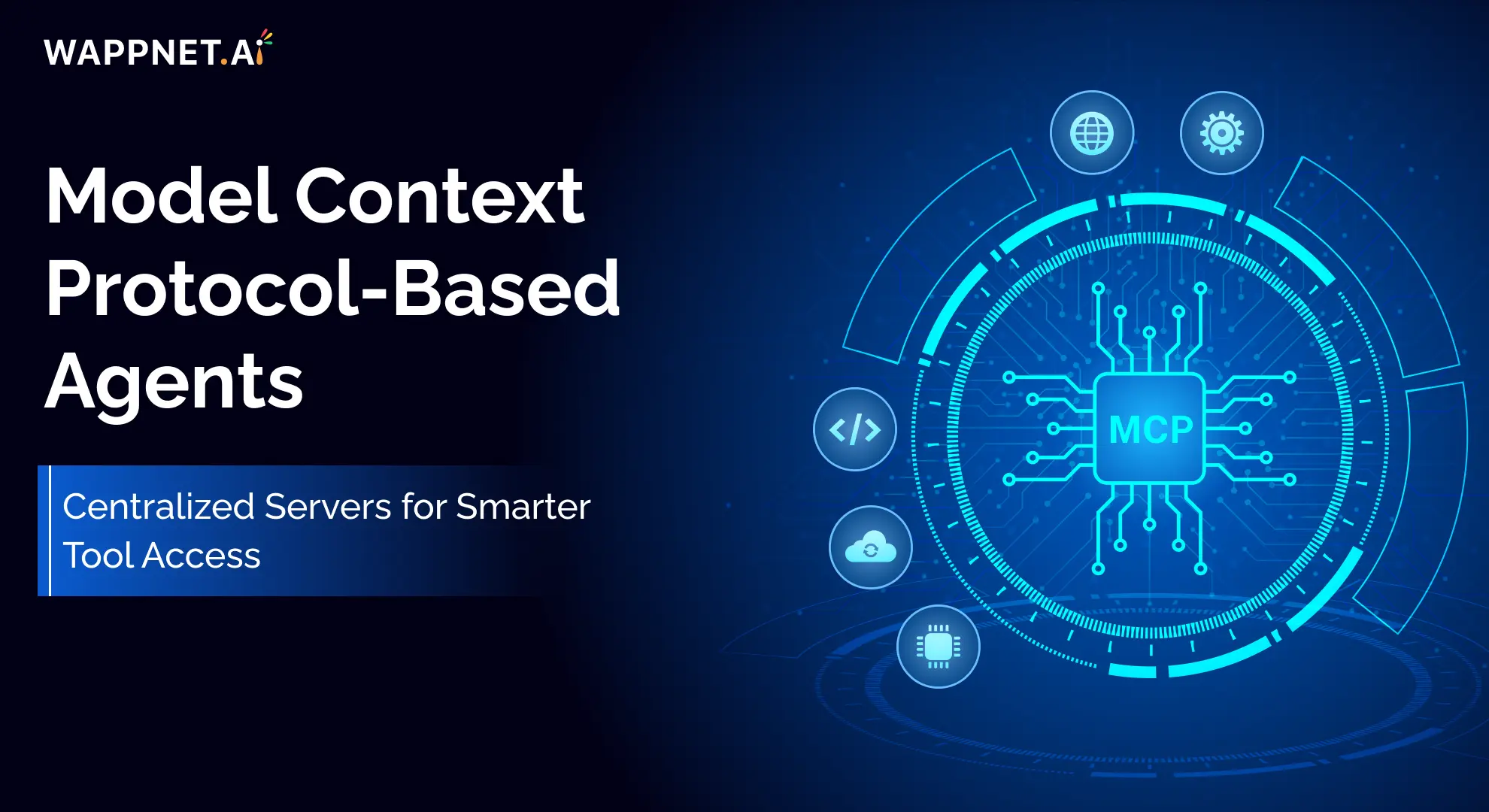Why Build an AI Agent?
AI agents offer immense benefits, including:
- Automation: Reduces human error and frees up staff for more strategic tasks.
- Efficiency: Streamlines workflows, enhancing productivity.
- Personalization: Provides tailored experiences to customers, improving satisfaction.
Step-by-Step Guide to Building an AI Agent
Step 1: Define Your Objectives
Before creating an AI agent, clearly define what problem you want the agent to solve. Common goals include customer support automation, data analysis, or predictive analytics.
Step 2: Select the Right AI Platform
Choosing the right platform is crucial. Some popular platforms include:
- OpenAI: Ideal for sophisticated, natural language interactions.
- Dialogflow: Great for conversational agents and easy integration.
- IBM Watson: Suitable for industry-specific applications.
Step 3: Gather and Prepare Data
AI agents rely on high-quality data. Your data should be:
- Relevant and comprehensive
- Clean and structured
- Annotated and labeled correctly
Step 4: Choose the AI Model
Consider these popular AI models:
- Natural Language Processing (NLP): For conversational agents.
- Machine Learning Models: For predictive analysis and personalization.
- Reinforcement Learning: For agents that require decision-making capabilities.
Step 5: Train Your AI Model
Training involves:
- Feeding data into your model
- Adjusting parameters to optimize performance
- Evaluating performance continuously
Step 6: Testing and Iteration
Conduct thorough testing to refine your AI agent:
- Functional tests to ensure the agent performs intended tasks
- User tests for real-world feedback
- Continuous improvement based on feedback
Step 7: Deploying Your AI Agent
Choose a deployment strategy:
- Cloud-based for scalability
- On-premise for higher security
- Hybrid for balanced needs
Read More: The Role of AI-Powered Recommendation Systems in E-Commerce
Future-Proofing Your AI Agent
Consider these future trends to ensure your AI agent remains relevant:
- Explainable AI: Ensures transparency and trust.
- Adaptive Learning: Helps the agent improve through user interactions.
- Integration Capabilities: Enhances utility by seamlessly integrating with other systems.
Conclusion
Building an AI agent might seem complex, but with clear goals, the right tools, and iterative testing, any business can harness the power of AI. By following this guide, you’re equipped to develop an AI agent that significantly enhances your business operations and customer experiences.
Ready to Create Your AI Agent?
Contact Wappnet today for a consultation or demo, and let us help you create powerful, custom AI solutions tailored to your business needs.

